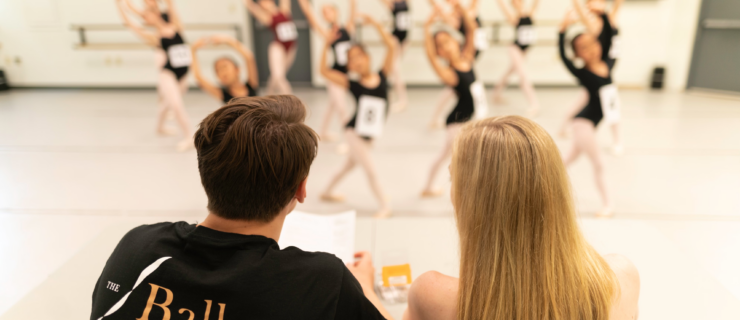How to Beat Competition Burnout
After spending the summer learning new choreography, cleaning every eight-count and listening to your songs on repeat, it’s time to put your effort to work onstage. But as the season progresses—and you keep drilling down those same eight-counts—it’s normal for your choreography to start to feel stale. Read on for insight from top teachers and dancers on how to prevent and overcome mid-season burnout.
Take Preventive Measures
• Establish a personal connection to your music. “If you take little parts of the song and relate them to your life, it’ll make the piece feel a lot more meaningful to the audience, and to you,” says Skylar Smith, a dancer at Boca Dance Studio in Boca Raton, FL.
• Work with your choreographer to craft a routine that’s a little difficult for you. Don’t rely on the exact same elements you used last year. Hayley Cloud, co-director of New England Dance and Gymnastics Centers in Massachusetts and Connecticut, advises working toward perfection. “You shouldn’t have a perfect solo right away. You need elements to go back and work on—that way, you’re constantly growing throughout the season.”
• Learn everything you can about your chosen style. Understanding the history behind what you’re performing will give you a greater sense of purpose onstage. “If you’re dancing to jazz music from the 1940s, do your research—go on YouTube and watch a feature,” says Melanie Gibbs, co-owner of Boca Dance Studio in Boca Raton, FL, and ProAm Dance Studio in Pompano Beach, FL.
Keep Rehearsals Productive
• Tackle your solo in pieces—for example, run just the second half of the routine when your legs are fresh. “It doesn’t need to be a full-length run every single time, because that’s a contributor to burnout,” says Betsy Carr, artistic director of Company Dance Traverse in Traverse City, MI.
• Practice in a different room, or face a wall instead of the mirror. It helps shake off the “autopilot mode” that results from doing the same thing in the same space repeatedly.
• Try rehearsing without music. “The song becomes a crutch after a while, and we rely on the song to carry us through,” Gibbs says. “I’ll have students do the dance in silence, and say, ‘You need to create these feelings in me, without letting Lorde or Celine Dion do it for you.’ ”
• Set goals to give yourself purpose and avoid aimless repetition. One rehearsal may be about transitions, another about technical elements and another might focus on musicality and timing.
• Imagine the judges’ voices as you rehearse. Once the season has begun, their comments will help you see the piece through a new lens. “Judges’ comments can open your eyes to what you can do to push yourself,” Smith says.
Find Inspiration Outside of the Steps
“When you’re feeling drained, arrange to perform at a senior center or school,” Carr says. “These audiences love dancers—and what a great confidence-booster, to know that you’ve inspired somebody.”
If all else fails, what’s the best way to break a dance rut? Get completely outside the dance world—and your head. Go see an art exhibit, watch a documentary, read a book or find some other creative endeavor from which you can draw inspiration. “Do anything but dance!” Gibbs says. “That can end up informing your dancing more than just dancing could.”



